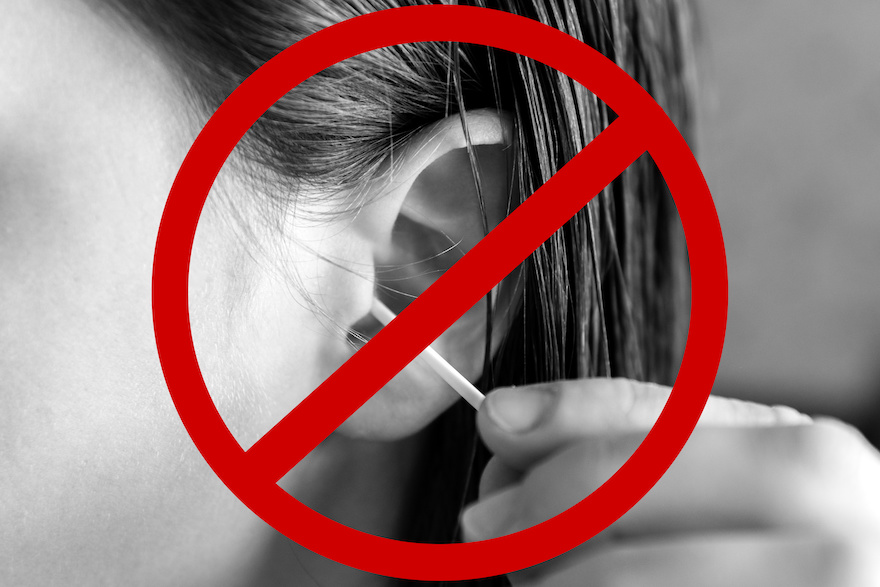Contrary to standard parental guidance, when a blockage is impairing a patient’s hearing – the answer does not involve digging out the ear. In fact, when done properly and safely, there should be no digging involved at all. Ears are cute and wrinkly (and responsible for balance, taste, *hearing*, cognitive function etc… but that’s beside the point). We should treat them accordingly, and give them the patience and respect they deserve.

Patients are pursuing self-care, not self-aeration. Here are some standard methods for achieving ear wax removal – safely and effectively by a trained hearing healthcare professional.
Instrumentation – consider a conductor
A binocular microscope and a handheld speculum are the most commonly used instruments in cerumen removal, although a metal or plastic loop, curette, or alligator forceps are also options. Above all, tools that illuminate the ear canal are an asset for visualization, considering the sensitivity of this procedure. Though there is a potential risk of perforation through malpractice or an uncooperative patient, this method minimizes the chances of bacterial infection as the process does not expose the ear canal to moisture.
Irrigation – less like a water slide, more like a lazy river
Irrigation to remove wax build-up will involve using a syringe to insert water or a water and saline mixture into the ear. The process will help encourage the wax to detach from the canal walls and flush it out. While the method is predominantly pain-free, risks include otitis media/externa (ear infection) or a perforated eardrum due to irrigation pushing the wax further into the canal. In addition, dizziness, discomfort, and ringing in the ears may result from the procedure, though they are rarely long-lasting.
Suction – a reverse neti pot for the ears
Saving the best for last, microsuction is the popular preference among Hearing Instrument Specialists for wax removal, though it is not always available due to the expensive equipment required. The procedure only lasts a few minutes, involving a long, thin vacuum inserted into the ear to dislodge the earwax. Side effects of this method are typically short-term, risking dizziness, discomfort (from the loud volume of the procedure) and reduced hearing.
Bonus: contrary to irrigation’s limitations, specialists can perform microsuction on people with a ruptured eardrum, a history of ear surgery, foreign matter in their ear and mild otitis externa.
Wane on the ear wax removal
Following these guidelines minimizes the threat of an accidental re-establishment of the circumference of this orifice. That being said, in most cases, ears are strong independent organs that don’t need (or want) uninvited guests rearranging the furniture. It’s always important to remind patients that average ear wax production helps keep the ears moisturized and protected, and serves as a sign that your ears are doing a great job cleaning themselves. If they find it hard to believe earwax isn’t a nuisance, let them know (A)hip-checking stigmas is what we do best.
AHIP is not and shall not be liable for any of the views expressed by the authors or advertisers on the Signal Blogs. The authors’ opinions and the advertisers’ content do not necessarily reflect AHIP’s views.



